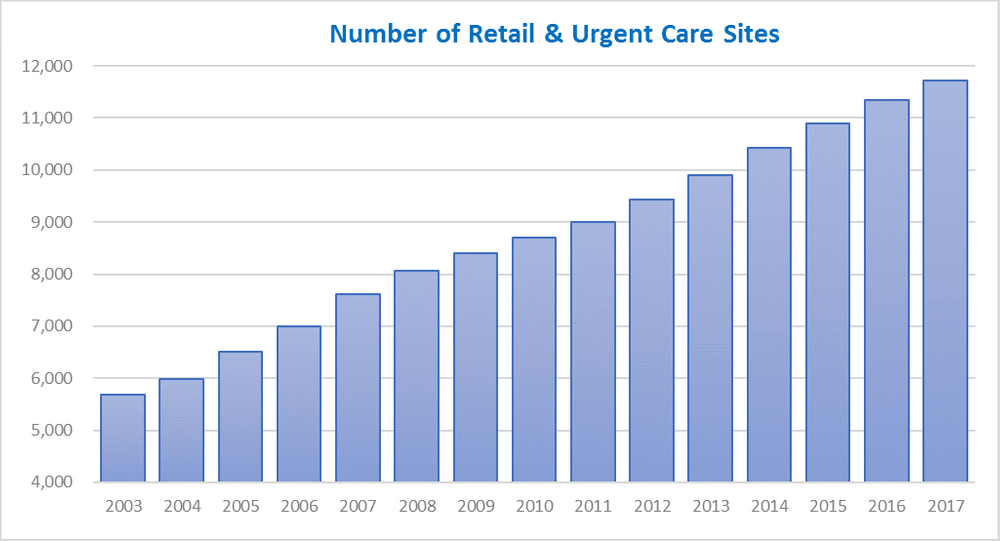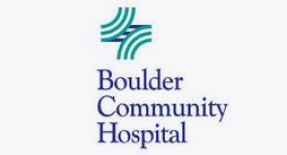April 28, 2022
Part 2: Retail Clinics & Urgent Care – Critical to Consumer Centric Healthcare

This is the second post in a series of blogs on the growing importance of retail clinics and urgent care centers for hospital growth strategies.
Part 1: A Retail Clinic’s Role in Consumer Centric Healthcare
Hospitals have been quick to notice the popularity of urgent care centers’ and retail health clinics, as their patients rush to these new and alternative care sites. The growth of both concepts has been strong over the past 5-years and is showing no sign of abating.
Chart: http://www.omnimd.com/urgent-care/
To put their popularity into perspective, A recent Harris Poll showed that nearly one in five U.S. adults (19%) say they have visited a retail health clinic in the previous year and Blue Cross Blue Shield estimates that retail clinic usage has doubled in the last five years.
Although both the retail clinic and urgent care help to achieve an underlying goal of providing patient-centered care at lower cost sites, the two play very different roles in patient care.
Retail Clinics
- Retail outlets are intended and designed to be an extension of a physician office, dealing with things like minor infections, allergies, colds and flu
- Do not need to be staffed by a physician
- Cannot treat any child less than 18 months’ old
Urgent Care
- Urgent care centers will see the types of things that a retail clinic will see, plus much more. They will often have lab capabilities and imaging
- Designed to be a convenient and cost-effective solution for patients who would otherwise go to the emergency room.
- By law, urgent care facilities must have at least one board-certified physician at the clinic at all times.
While the underlying strategy behind urgent care and retail health are similar, hospitals tend to focus exclusively on one strategy over another. However, each plays a critical role in the consumer-centric healthcare movement and hospitals need to make sure that they are strategic in understanding why they are electing to choose one option over another. Alternatively, a dual strategy, and the development of both concepts might be an option that better targets the growth initiatives of the hospital.











